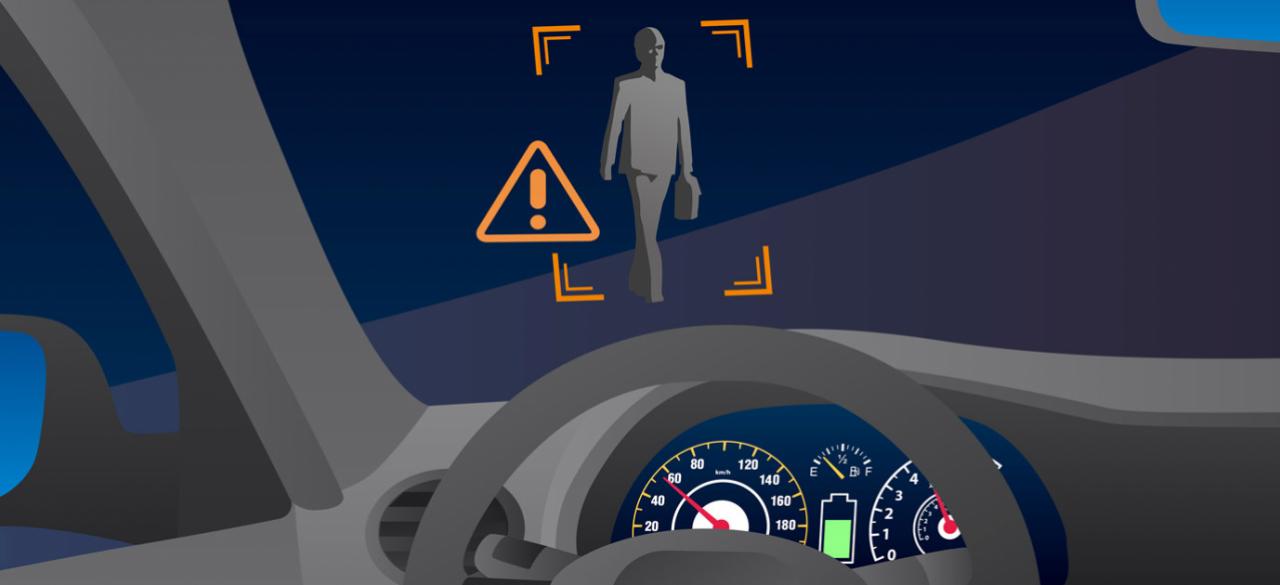Towards Safe, but not Overly Conservative, Autonomous Cars

ABOUT THE PROJECT
At a glance
Safety is crucial in autonomous cars: even more so than human drivers, autonomous cars need to do everything in their power to avoid collisions. At a high level, this sounds right. But when we dig down to the details, what do we really mean by "everything in their power"? Traditional safety means providing a guarantee that the car won't collide, no matter what. Given that the car is not driving in isolation, but sharing the road with human actors, the goal is for the car to remain safe no matter what these actors might do. And this means guaranteeing safety, if possible, for the \emph{worst case} behavior of another road user.
Our goal in this project is to seek new notions of safety that are a middle ground between traditional safety, which looks at worst case, and "safety" in practice today, which pretty much looks at average case. We focus on drivers that are cooperative, but in the worst case may be {\em temporarily distracted}, and our insight is that neither worst nor average case is realistic in this case. In most cases, the human agent becomes attentive again and takes evasive action. The goal is not to run into the autonomous car -- their goal is to be efficient, and in fact they too want to avoid collisions.
| PRINCIPAL INVESTIGATORS | RESEARCHERS | THEMES |
|---|---|---|
| Anca Dragan Claire Tomlin | human prediction, safety, approximate game-theoretic planning |

